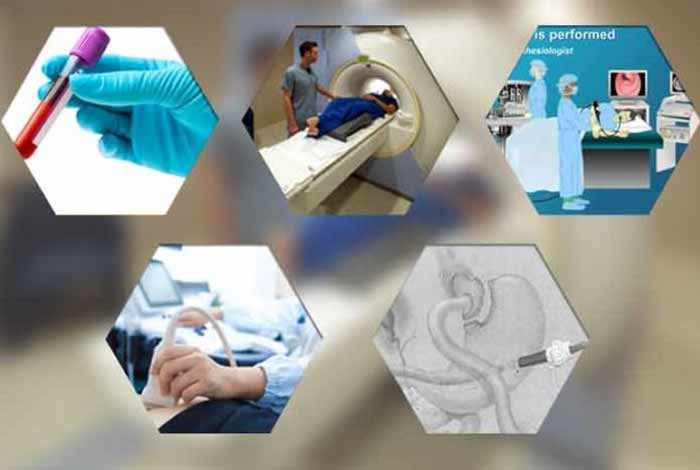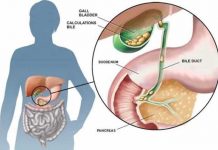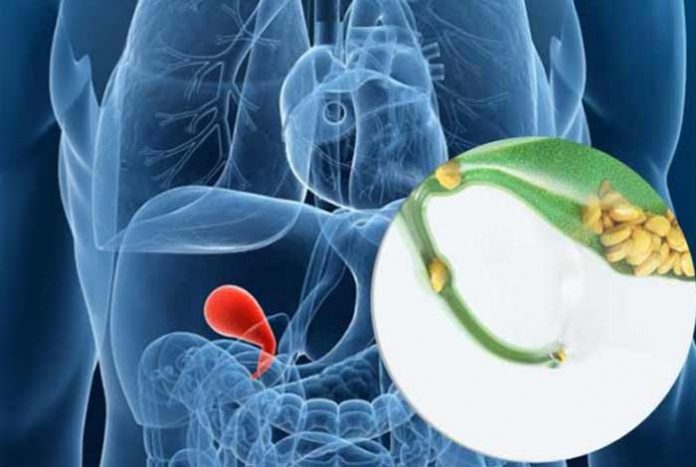
Overview and Facts
Gallbladder is the under-appreciated hard-working organ of the body that works as a sincere assistant of the largest and heaviest organ of the body, liver. A vast array of functions is performed by liver, which is extremely difficult to replicate in a single organ or even a machine. Liver produces a dark green to yellowish brown fluid that helps in digesting lipids or fats. Liver continuously works and produces bile which gets stored in the gallbladder. When the need arises for bile to be secreted, gallbladder is signaled to release the stored bile into the intestine for digesting the fatty content of the food. After meals, the gallbladder appGallstonesears as a deflated balloon whereas before meals, it appears like a full-blown balloon, filled with bile.
The plight of gallbladder is not understood unless something goes wrong or the ducts carrying bile get blocked. When this happens, a number of problems can arise. The bile-ducts can get blocked from stone like entities that are formed inside the gallbladder. These entities are called gallstones or calculi and the condition is called cholelithiasis. Another condition, known as choledocholithiasis arises when one or more than one gallstones are present in the common bile duct (CBD)-formed by the fusion of duct coming from liver and the duct from gallbladder. These entities are so discrete in nature that the person having these does not even know about them unless they obstruct a duct. This causes sudden and severe abdominal pain called biliary colic that can last for 1 to 5 hours.
In nearly 90% of the cases, gallstones are made of cholesterol but they can also be made of bilirubin, which is a component of bile. They have a wide spectrum of sizes, ranging from a sand grain to golf ball. The number can also vary from one to many.
If a person is diagnosed with gallstones, it is most likely that he will need surgery to remove the gallbladder altogether. This surgery is known as cholecystectomy and poses no danger to the patient. A person can easily lead a healthy life without a gallbladder. Those gallstones which are asymptomatic, do not require any treatment. However, the person is at risk of developing severe abdominal pain when one of the gallstones starts to block the duct.
Women are at a higher risk of developing gallstones than men and its prevalence has also known to be higher in Native Americans or Mexican Americans. American-Indians have a certain gene that increases the amount of cholesterol in their bile, making them the ethnic group being most severely affected by gallstones in the U.S.A. Also, gallstones can cause more serious complications in the elderly and in men. Pregnancy, taking birth control pills and hormone replacement therapy can increase the chances of developing gallstones in women Gallstones as secret dwellers. Most of the people don’t know they have gallstones until they block the duct. In the U.S.A., nearly 20% people have gallstones but only 1-3% of these people develop symptoms.[1] There has been a decrease in the number of deaths occurring from gallstone, which is the highest for a digestive system disease.[2]
Types and Symptoms
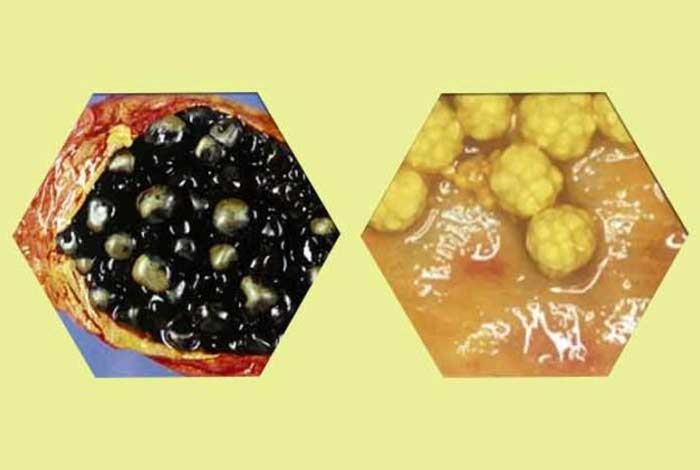 There are two kinds of gallstones, namely
There are two kinds of gallstones, namely
-
Cholesterol Stones
These are the most common kind of gallstones which are formed by the deposition of cholesterol in gallbladder. These stones are yellow-green in color and the sizes can vary. These start developing when liver starts secreting bile that is extremely concentrated in cholesterol. Mucin and other proteins can act as a seeding factor and initiate the process of gallstone formation. Since bile is extremely concentrated, it flows poorly and this hypomotility acts as a contributing factor for the development of gallstones by providing enough time for stone growth. [3]
-
Pigment Stones
When gallstones are formed due to deposition of bilirubin, a pigment found in bile, they are called pigment stones. Such stones are more commonly observed in people with liver and blood diseases. Pigment stones are generally darker and smaller in size.
Four stages of gallstone disease are generally described. They are:
1. Lithogenic Stage
This is the phase in which gallstone formation is favored.
2. Asymptomatic Gallstones
During this stage, the gallstones do not produce any signs and symptoms. This stage can continue for decades without showing any symptoms of gallstones. In majority of cases, gallstones do not require any treatment.
Since gallstones are extremely common, they often co-exist with several other gastrointestinal conditions such as diarrhea, constipation, bloating, flatulence, postprandial distress, heartburn and chronic abdominal pain. Little evidence suggests a relationship between these gastrointestinal conditions and gallstones.
Dyspepsia, also known as indigestion is often thought to be caused by gallstones when irritable bowel syndrome and gastroesophageal reflux are the real culprit. Asymptomatic gallstones that are discovered while evaluating non-specific symptoms are usually the innocent bystanders.
3. Symptomatic Gallstones
Gallstones get mixed with the bile in the gallbladder, they can block its flow. This results in severe abdominal pain that is termed as biliary colic.
4. Complicated Cholelithiasis
Gallstones can become trapped inside the common biliary-pancreatic duct and can inhibit the bile flow as well as the flow of digestive enzymes from the pancreas by getting stuck in the common pancreatic-biliary duct. If it gets stuck for a long period of time, these organs can become inflamed and lead to serious conditions, cholecystitis, inflammation of gallbladder and pancreatitis, inflammation of pancreas. These conditions are dubbed as medical emergencies and require immediate medical intervention.
When a blocked gallbladder contracts, pressure builds inside it which can be accompanied with swelling and even infection. Pancreatitis is a serious medical condition in which severe abdominal pain is observed, which can become life threatening if proper treatment is not made available in time.
Chronic gallstones can damage the gallbladder wall irreversibly and cause it to lose its function altogether. The chronically scarred gallbladder can become attached to the nearby organs and cause further complications. In case of chronic gallbladder stones, there is even a chance of developing the usually rare gallbladder cancer.
When gallstones obstruct the common bile duct for a long time, the accumulated bile can become infected and cause liver inflammation, which display symptoms like:
- Fever
- Jaundice
- Pain in upper right abdomen
- Septic shock, unless the obstruction is removed
There is also a possibility of formation of gallstone ileus in which a gallstone having a diameter more than 2.5 cm gets lodged in the gallbladder duct and inhibits the draining of bile. This builds tremendous pressure inside the gallbladder and the wall erodes. There is a formation of a fistula between gallbladder and small intestine. A fistula is an abnormal connection between organs. Once a fistula has been formed, other gallstones can travel from the gallbladder and get lodged anywhere in the intestine.
Generally, gallstones do not show any symptoms. However, some of the symptoms that can be observed when the gallstones become symptomatic are as follows:
- Biliary colic
- Vomiting
- Nausea
- Various digestive problems such as gas, bloating, indigestion, etc.
- Dark urine
- Clay-colored stools
- Diarrhea
Out of all these symptoms, the most important symptom is the biliary colic in which extreme pain is observed in the upper abdomen and is sometimes found to radiate up to upper back, between the shoulder blades. This is known as Collin’s sign which clearly describes the pain occurring due to gallstones.[4]
The pain is generally experienced after having a fat rich diet and is often described as being intense and dull and can last for 1-5 hours. The pain increases steadily over 10-20 minutes after its onset and when the gallbladder stops contracting, the gallstone is pulled back into the sac and the pain stops. This pain is quite constant in nature and antacids, emesis, defecation, positional changes or flatus provide no relief.
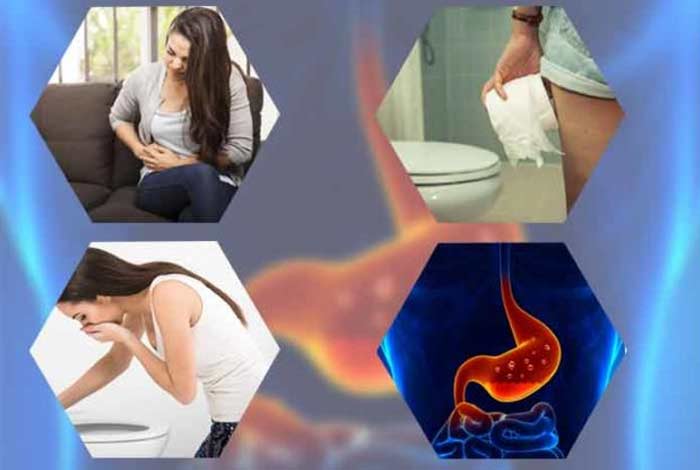
Symptoms of Complicated Cholelithiasis
Acute Cholecystitis
When there is a blockage due to gallstone in the duct from where bile flows from the gallbladder into the small intestine, it can result in gallbladder inflammation which is known as cholecystitis. Some of the signs and symptoms of cholecystitis are:
- Intense pain in the upper stomach or mid-right back
- Chills
- Fever
- Appetite loss
- Nausea and vomiting
It is advised to seek immediate medical help if these symptoms are observed for more than1-2 hours, or if there is a fever.
If gallstones are left untreated, following complications can arise:
- Jaundice, in which there is a yellowing tint to the eyes and skin
- Cholecystitis, an inflamed gallbladder
- Cholangitis, an infection of the bile duct
- Sepsis, a blood infection
- Pancreatitis, an inflamed pancreas
- Gallbladder Cancer
Risk Factors of Developing Gallstones
Some of the factors that increase the chances of a person of developing gallstones are listed below:
- Being female
- Being aged 40 or older
- Being a Native American or Mexican-American
- Being overweight or obese
- Being sedentary
- Being pregnant
- Consuming a diet rich in fat and cholesterol diet and low on fiber
- Having a family history of gallstones
- Having diabetes, liver cirrhosis, hemolytic anemia like sickle cell anemia and Crohn’s disease
- Losing weight very quickly
- Taking medications that contain estrogen, such as oral contraceptives or hormone therapy drugs
- Taking medicines for lowering cholesterol
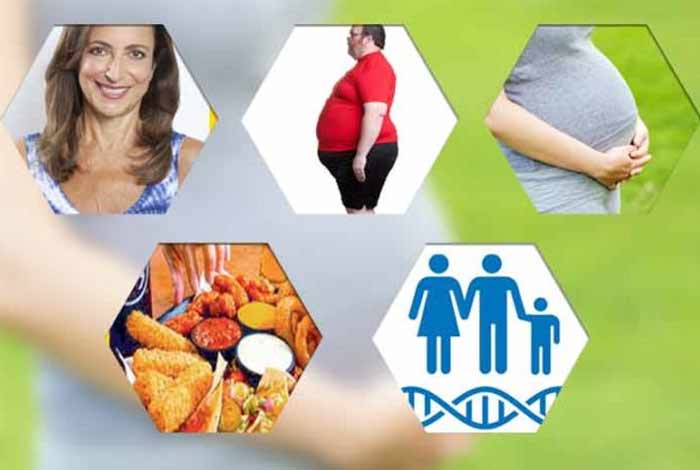
Do I have Gallstones?
Gallstones are silent dwellers of gallbladder. However, when they become symptomatic, they cause a lot of discomfort. If you experience a recurring dull pain near your liver, which also radiates to the upper back and the center of the abdomen, there is a chance you might have gallstones. The timing of pain is as important as its location. The pain due to gallstones begins after one to several hours of consuming a large and fatty meal.
This pain is not helped by over-the-counter pain medicines and this is a clear indication of gallstones. If you experience a slight reduction in pain after changing your position, bowel movement or passing gas, it is also pointing a finger towards gallstones. Jaundice that manifests as yellowing of skin and urine also indicates a problem in liver system. Although nausea is not a specific indication of gallstones, but if severe nausea or vomiting is observed, you should pay a visit to a doctor to get yourself checked. Pancreatitis is a serious complication that can occur if a gallstone blocks a duct of the pancreas. Severe abdominal pain, fever, quick pulse and nausea and vomiting are the classic signs of pancreatitis which should be immediately taken care of. Gallstones are most likely suspected if an abnormality is observed in MRI, HIDA and ultrasound.
Overall, if symptoms of gallstones are observed, immediate medical help should be taken. However, similar symptoms are also observed in case of indigestion, heartburn or acid reflux. Therefore, do not panic and get your symptoms checked by a doctor for proper diagnosis.
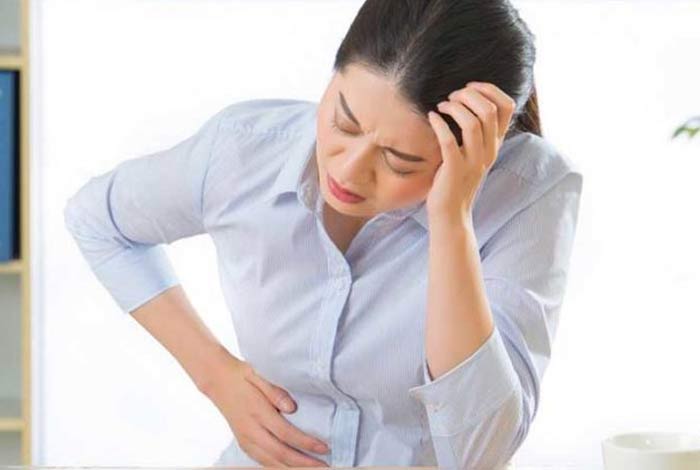
Causes and Prevention
The major causes of gallstone are:
- Excessive concentration of cholesterol in bile causes cholesterol gallstone. Normally, the amount of cholesterol released by liver can be easily dissolved by bile. However, if the concentration of cholesterol is higher than that bile can dissolve, the amount of cholesterol in the gallbladder increases and results in gallstone.
- Pigment gallstones are generally formed because of excessive concentration of bilirubin (a chemical produced because of breakdown of red blood cells) in bile. Liver produces an excessive amount of bilirubin because of various conditions such as biliary tract infection, liver cirrhosis, and various blood disorders such as sickle cell anemia.
Prevention of Gallstones
One of the best ways to prevent gallstones from developing is to have a sensible diet plan. Crash diets or taking very less amounts of calories in a day should be avoided. Fiber-rich foods should be included in the daily menu like raw fruits and vegetables, whole -grain cereals, cooked dried beans and peas and bran. Such a diet helps in preventing bile from getting too concentrated with cholesterol. However, fat should not be cut out from the diet altogether abruptly as that can have a negative effect on the overall health of the person. Consumption of olive oil has been found to be extremely helpful in reducing cholesterol levels and preventing it from getting solidified in the gallbladder. Some studies indicate that a chemical known as lecithin, which is commonly used in ice creams can play a role in preventing gallstone formation.
It is naturally found in a number of food items like oatmeal, milk, eggs, cabbage and chocolate. However, prolonged use of lecithin is known to cause liver problems. Regular consumption of coffee is known to reduce the risks of developing gallstones. Also, regular exercise is suggested to maintain overall health and reduce the chances of cholecystectomy.
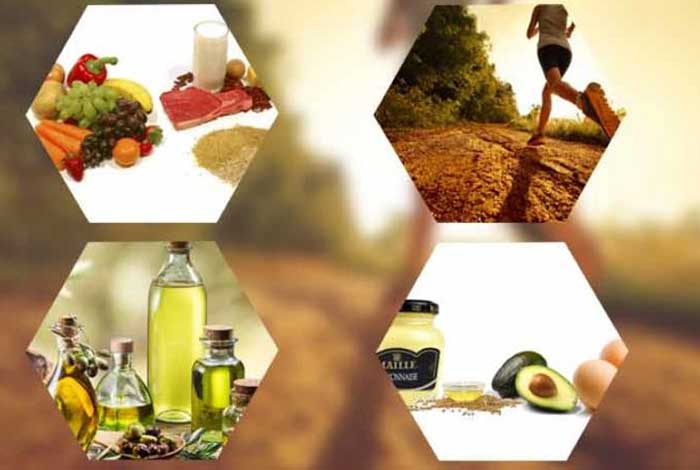
Diagnosis and Tests for Gallstones
There are various tests performed by doctors that can help in the diagnosis of a gallstone:
-
Ultrasound
In this process, high-frequency sound waves are used for producing images of the internal organs. This method is used for confirming the presence of gallstones. If there are any abnormalities associated with acute cholecystitis, that can also be diagnosed with the help of ultrasound.
-
Magnetic Resonance Imaging (MRI)
Strong magnetic field and radio waves are used in MRI scans for taking detailed images of the gallbladder that can help in diagnosing gallstones. Along with MRI, magnetic resonance cholangiopancreatography (MRCP) is used for getting a more detailed picture of the insides of the body. MRCP is a special type of MRI that produces ultra-fine quality images of pancreas and liver system, which includes pancreas, liver, gallbladder, and bile and pancreatic ducts. It is an expensive test and therefore, the American College of Radiology (ACR) guidelines [5] recommend it to be used only in conditions when gallstones cannot be diagnosed with the help of ultrasound, or there is a complication.
-
CT Scan
This scan involves using a series of X-ray scans taken from different angles to get a clearer picture of the internal organs. These are less sensitive and are generally used in emergency situations while diagnosing abdominal pain.
-
Endoscopic retrograde cholangiopancreatography (ERCP)
Radiographic imaging of the gallbladder is obtained by using endoscopic retrograde cholangiopancreatography (ERCP). In this procedure, an endoscope is introduced into the body and images of the liver-pancreas system are taken. A dye is used for getting a clearer picture of the concerned system. At present, this procedure is also accompanied with stone extraction.
-
Cholescintigraphy (HIDA scan)
Technetium-99m hepatoiminodiacetic acid (HIDA) scintigraphy is an occasionally used test for diagnosing obstruction in the ducts due to gallstones that might result in abdominal pain. This scan involves inserting a radioactive tracer through the arm of the patient, which travels to the liver through the bloodstream and is taken up by the bile-producing cells. It then travels with the bile into the gallbladder and then flows into the small intestine. Using a nuclear medicine scanner, gamma camera, images of the liver, gallbladder and small intestine are obtained.
-
Percutaneous Transhepatic Cholangiography (PTC)
This test is prescribed in patients in whom ERCP is difficult to perform due to some previous gastric surgery or a gallstone obstructing the ducts or other such conditions. The test helps in visualizing the anatomy of liver, gallbladder and the biliary tract.
-
Blood Test
Blood tests are done to evaluate the function of liver and gallbladder. Blood amylase levels can be checked to evaluate the function of pancreas. A complete blood count can be done to rule out any infection, which is indicated through elevated white blood cells.
Treatment and Care of Gallstones
The treatment of gallstone depends on the stage of the disease. Ideally, if medical intervention is done at the stage when the gallstones are in their seeding stage, their formation can be stopped and the gallbladder can be saved as well. However, detecting gallstones at such an early stage is extremely limited. Once the gallstones start showing symptoms, surgical intervention is the only option, in which the gallbladder is removed. Before proceeding with the minimally invasive surgery, following characteristics of gallstones are evaluated:
- Size: Less than 0.5 to 1 cm in diameter
- Good gallbladder function
- Minimal to no calcification
Open surgery these days is generally suggested when gallbladder cancer is present along with gallstones, or the hospital is not well-equipped to carry out the minimally invasive surgery for gallbladder removal.
If a patient presents itself with complicated gallstones, measures are taken to first make him stable, drain bile from gallbladder and then proceed for surgery.
Non-surgical treatment of gallstones is not very popular these days and is generally suggested to patients in whom surgery cannot be performed, or those who do not want to go under the knife.
Non-Surgical /Medical Treatment
the use of medicines for treating gallstones has declined these days. It is more effective in the patients with following characteristics:
- Good gallbladder function
- Have gallstones that are less than 1 cm in diameter
- Have non-calcified gallstones
- Have gallstones with high cholesterol content
Medical treatment for gallstones include the following therapies, alone or in combination:
- Oral Dissolution Therapy
In this therapy, drugs like chenodiol and ursodiol [6] are prescribed that decrease the cholesterol content in the bile, by reducing cholesterol secretion by liver and by decreasing the detergent effect of bile salts in bile. Desaturation of bile inhibits the formation of gallstones and might in fact promote gradual extraction of cholesterol from the already formed gallstones.
This treatment requires nearly 6-18 months to show its effect and is effective only when the stones are extremely small, fewer in number and are composed purely of cholesterol. Also, the recurrence rate is as high as 50% within 5 years.
- Contact Dissolution Therapy
This is a rarely used procedure in which a thin, flexible tube known as catheter is used to introduce a chemical in the gallbladder in order to dissolve the gallstones. This procedure has a high risk of developing complications and there is also a high likelihood of recurrence of gallstones.[7]
- Lithotripsy
In this process, the gallstones are broken up using ultrasound waves. This procedure might be used alone or with bile acids for breaking up the stones. This procedure is rarely performed now and is generally used in patients who are having chronic inflammation of gallbladder and those who cannot undergo a surgery. This method is not used for treating acute inflammation of gallbladder.
- Percutaneous Cholecystostomy
Temporary relief can be provided to patients with inflamed gallbladder through this procedure. A thin tube is placed through the abdomen, into the gallbladder and the bile is drained out. The stones can be removed later by using ERCP. This procedure is also indicated in people who cannot go under the knife as they are too weak to sustain a surgery.
Surgical Treatment
The choice of treatment for gallstones is surgical removal of gallbladder. Minimally invasive surgeries are generally performed these days while open surgeries are performed if the doctor is not trained to perform it or there is some kind of complication. Surgical methods that help in the gallstone removal are:
- Laparoscopic cholecystectomy is the most common surgical method for the removal of gallbladder. The treatment follows the use of device called laparoscope and a small video camera. Small cuts are made in the abdomen and the laparoscope and the camera are inserted inside the body. The surgeon observes everything on a screen and removes the gallbladder without completely opening up the person.
- Open cholecystectomy is performed when there is a complication like severe inflammation, scars or infection of the gallbladder. In open cholecystectomy, a bigger cut is made in the abdomen and the gallbladder is removed. It is the traditional form of surgery and requires more time to heal up.
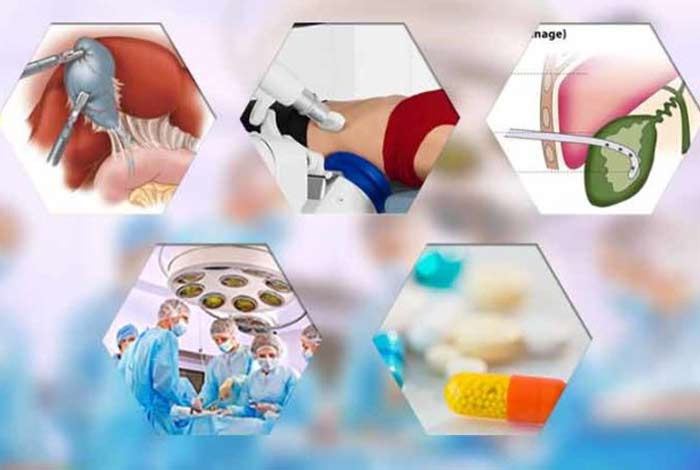
Care
After gallbladder removal surgery, around 5-10 % people develop chronic diarrhea, which is due to excessive bile salts reaching the gut due to absence of gallbladder. Bile salts increase the secretion of mucus and water in the gut. The diarrhea is generally mild and can be resolved easily with the help of over-the counter anti-diarrhea drugs like loperamide. If the diarrhea is more severe, bile acid binding agents can be taken.
Some patients complain about recurrent pain similar to biliary colic after the removal of gallbladder. This is called post cholecystectomy syndrome. Consult your doctor to deal with this situation.
After the surgery, the patient is given liquid food for 1-2 days and then he is switched back to solid food. The liver is capable of producing enough bile for digesting food under most of the situations. However, the body takes time to adjust to the new system. The patient is advised to follow a low-fat diet throughout his life after the surgery.

OTC Medication and Self-Management methods
There are no OTC medicines available for the treatment of gallstones. Surgery is required to treat the condition completely. Diarrhea experienced after the surgical removal of gallbladder can be treated with loperamide. However, medical consultation is advised before taking it.
Self-Management of Gallstones
After gallstones have been diagnosed, the patient needs to take a good care of his diet and stay away from foods that can cause a strain on the gallbladder like oils, processed foods, refined, white foods and trans-fat containing foods. Alcohol consumption and tobacco should also be avoided.
After the surgery, foods containing fat are to be avoided. The body takes a while to adjust to the new system, but gradually it accommodates.
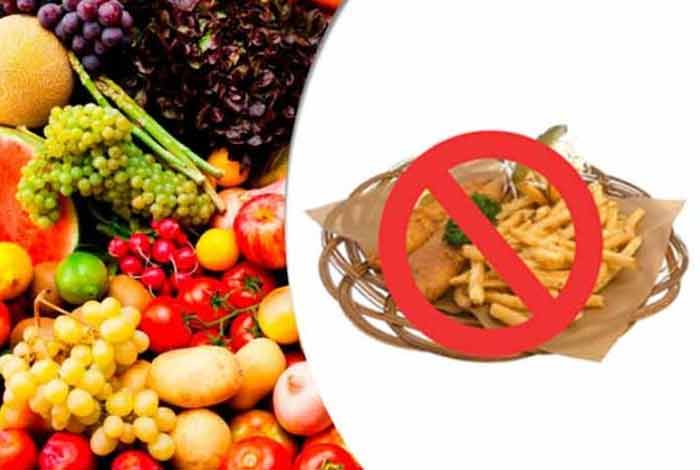
Natural Ways to Cure Gallstones
There are several supplements and natural herbs that can aid in improving the health of liver and regulate the production of cholesterol. These include:
1. Turmeric
Turmeric is known to aid in digestion and suppress inflammation. It also possesses properties to improve liver metabolism.
2. Apple Juice
Apple juice is used by some people to treat gallstones as it is believed that it can help in softening the gallstones and help the parson in expelling them naturally. However, there is no solid evidenceto back this claim.
3. Apple Cider Vinegar
It is a popular health supplement that has been indicated in different conditions. Consuming ACV can help in boosting the overall health of a person.
4. Oregon Grape
This herb is known to increase the blood circulation throughout the body, stimulate the activity of liver and increase bile production. It is known to provide relief against gallstones by reducing the inflammation of gallbladder. It can also be used for providing relief from abdominal pain and discomfort that occurs with gallstones.
5. Coin Grass
It has been a component of traditional Chinese medicine for treating gallstones. It is thought to play a role in preventing the formation of gallstones. Some people also believe that it can help in softening the gallstones so that it can be expelled out from the body
Also, a person can opt for yoga and treatment through acupuncture for managing gallstones naturally.
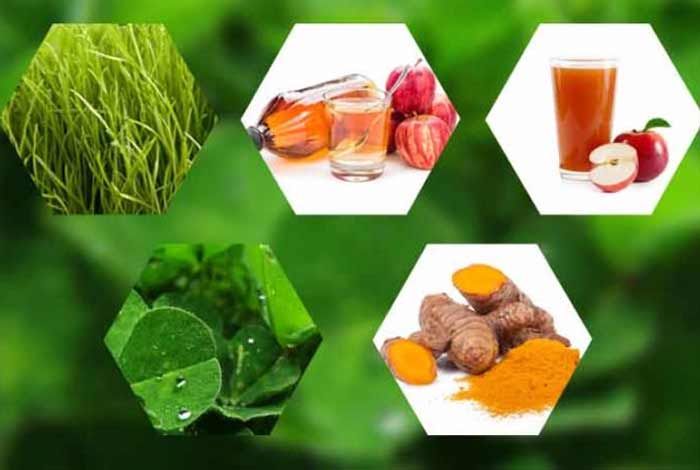
Health Tip by Experts
Gallstones are generally silently present in our bodies as the innocent bystander. They do not generally cause any discomfort but sometimes they can throw their tantrums around. Surgically, the gallbladder can be removed and your life will be back to normal.

